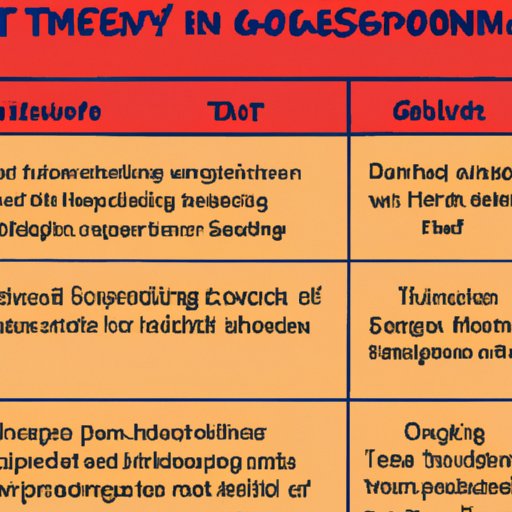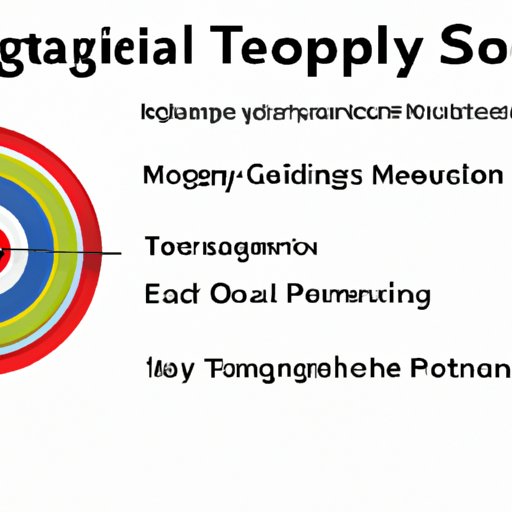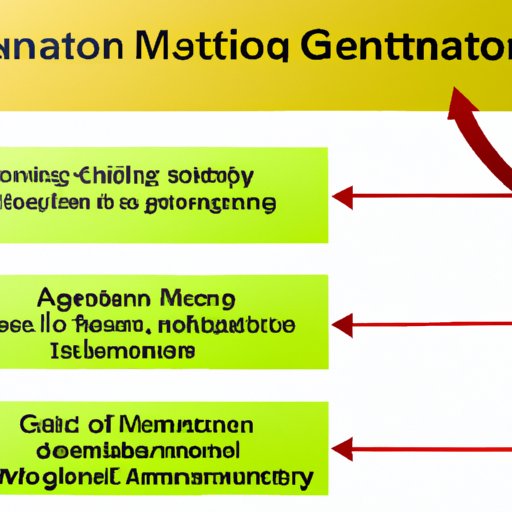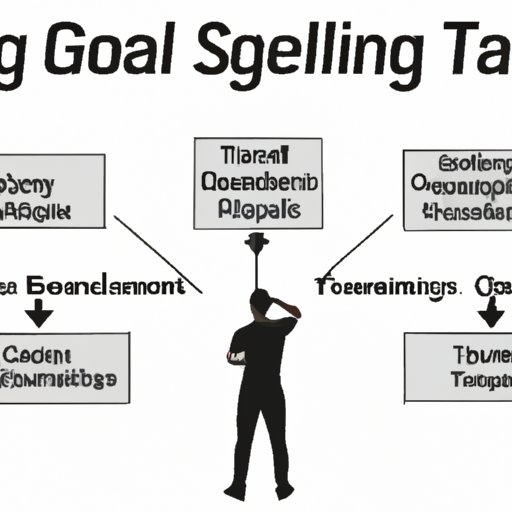Introduction
Goal setting theory is a concept that has been around for decades and is used to help individuals and organizations achieve their desired outcomes. It is a powerful tool for creating focus, improving performance, and motivating employees. At its core, goal setting theory involves setting specific, measurable goals, developing an action plan for achieving them, and monitoring progress along the way.
Definition of Goal Setting Theory
According to the American Psychological Association (APA), goal setting theory “is a cognitive process that involves setting, striving for, and attaining a specific goal.” The theory was first developed by Edwin Locke in 1968 and has since become a cornerstone of modern management practices. The core idea behind goal setting theory is that having clear, achievable goals can lead to improved performance, increased engagement, and higher quality output.

Overview of the Benefits of Using Goal Setting Theory in the Workplace
The benefits of using goal setting theory in the workplace are numerous. By setting clear objectives and expectations, organizations can ensure that their employees stay focused on the tasks at hand. Additionally, goal setting creates a sense of accountability for both the employer and the employee. This helps to foster an environment of trust and collaboration, which can lead to improved productivity and overall job satisfaction. Furthermore, goal setting theory can be used as a tool for providing feedback and recognition, as well as for creating incentives for employees to work harder and reach their goals.
Examining Different Types of Goals and Strategies for Achieving Them
When it comes to goal setting, there are two main types of goals: short-term and long-term. Short-term goals are typically smaller, more immediate objectives that have a shorter timeline for completion. These goals are often easier to achieve and require less effort than long-term goals. Long-term goals, on the other hand, are larger objectives that take longer to accomplish. They are often more complex and require more sustained effort over time.
In addition to setting specific goals, it is important to develop strategies for achieving them. One popular method for doing this is SMART goal setting. SMART stands for Specific, Measurable, Achievable, Relevant, and Time-bound. This approach helps to ensure that goals are realistic and attainable, while also providing a framework for tracking progress and measuring success. Other strategies for achieving goals include breaking them down into smaller tasks, setting deadlines, and creating incentives for reaching milestones.

Analyzing the Impact of Goal Setting Theory on Employee Performance
Goal setting theory has a significant impact on employee performance. Studies have shown that when employees are given clear, achievable goals, they are more likely to be engaged in their work and perform at a higher level. Additionally, research has found that goal setting can lead to improved productivity, increased creativity, and higher quality output.
For example, a study conducted by the University of California found that employees who were given specific goals were 25 percent more productive than those who were not. Another study from the Harvard Business Review found that employees who set goals for themselves were more likely to complete their tasks faster and with better results.

Understanding the Role of Motivation in Goal Setting Theory
Motivation is an important factor in goal setting theory. When employees are motivated to reach their goals, they are more likely to persist in the face of challenges and ultimately succeed. Motivation can come from a variety of sources, including self-efficacy, intrinsic and extrinsic rewards, and positive reinforcement.
Self-efficacy is the belief that one can successfully complete a task. Individuals with higher levels of self-efficacy tend to be more motivated to achieve their goals. Intrinsic rewards are internal motivators such as pride or a sense of accomplishment. Extrinsic rewards, on the other hand, are external motivators such as money or recognition. Finally, positive reinforcement is a powerful tool for reinforcing desired behaviors and encouraging employees to keep pushing towards their goals.
Conclusion
Goal setting theory is a powerful tool for improving employee performance and increasing motivation. By setting clear, achievable goals and developing strategies for achieving them, organizations can ensure that their employees stay focused and motivated to reach their desired outcomes. Additionally, goal setting theory can lead to improved productivity, increased engagement, and higher quality output. Finally, understanding the role of motivation in goal setting theory is essential for ensuring that employees remain motivated and continue to strive towards their goals.
(Note: Is this article not meeting your expectations? Do you have knowledge or insights to share? Unlock new opportunities and expand your reach by joining our authors team. Click Registration to join us and share your expertise with our readers.)
